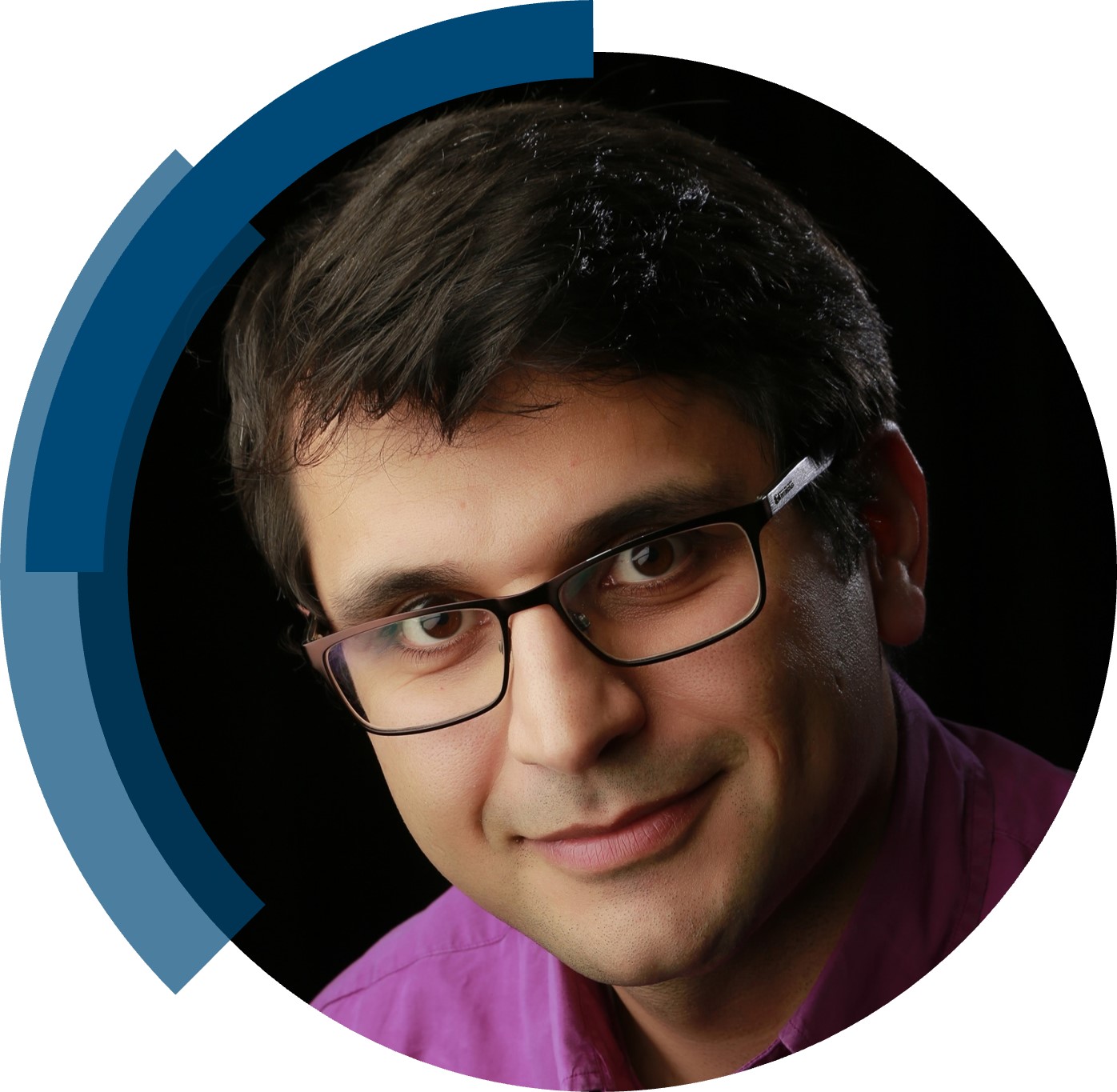We are excited to share the success of Kourosh Ebrahimi’s first-time independent article in ChemComm; “VITAS, a sensitive in vivo selection assay to discover enzymes producing antiviral natural products” included in the full milestones collection.
Read our interview with Kourosh below.
What are the main areas of research in your lab and what motivated you to take this direction?
My lab research areas include Bioinorganic Immunology and Drug Discovery. We elucidate the function of metalloenzymes and iron-sulfur [FeS] clusters, one of the oldest bioinorganic cofactors of life, and [FeS] containing proteins in the immune response. We use the outcome of our work to design and engineer biological systems for synthesizing and developing novel therapeutics. We apply a multidisciplinary approach combining protein engineering, biochemical and biophysical techniques, molecular biology, and cell biological methods.
Can you set this article in a wider context?
The idea of the VITAS assay described in the article initially came to me in 2017, and I included the idea in an ERC starting grant. The available assays to discover enzymes producing antiviral natural products (NPs) are multi-step with a high risk of failure at each step: (i) Identification and selection of desired enzymes among the unlimited natural library of enzymes, which is a random process. (ii) Expression and purification of a functional enzyme, which is not straightforward, especially in the case of oxygen-sensitive [FeS] proteins. (iii) Identification and discovery of the correct substrates of enzymes and the NPs they produce. (iv) Purifying the NPs and confirming the antiviral activity using biochemical or cell-based assays. Consequently, the discovery of new antiviral enzymes and NPs is practically a random process with a very high risk of failure.
We developed VITAS (the Latin word for leaving), an in vivo selection assay for identifying enzymes producing antiviral lead NPs to solve the challenge. The assay is based on a simple concept: a commonly used bacterium in the lab, namely E. coli, should die if an antiviral enzyme is absent inside the cells. We engineered the bacterium so that it generates a toxin protein in the absence of an antiviral enzyme. This live/dead assay will enable us to rapidly screen many enzymes among the repository of natural proteins and a library of variants generated using protein engineering. When the assay is coupled with other methods like liquid chromatography-mass spectrometry, we can identify and discover novel antiviral lead NPs produced by enzymes.
What do you hope your lab can achieve in the coming year?
In the coming years, we hope to decode the molecular mechanism underlying the activity of a conserved antiviral response, discover new antiviral molecules, and design and create revolutionary approaches to antiviral therapeutics. This work is a milestone in our path to achieving our goals.
Describe your journey to becoming an independent researcher.
My journey has been unique. I did my Bachelor’s studies in Chemical Engineering, Petroleum Process Design. After my graduation, an unexpected and sudden accident changed everything. Because of that event, I decided to continue my studies in Biochemistry to understand the molecular mechanism of diseases like cancer. Yet, my first stop was working in the industry to help support my career ambitions. After five years, I found the opportunity to start my M.Sc. and, subsequently, PhD studies, both under the supervision of Prof Wilfred Hagen, TU Delft. I developed a passion for fundamental science and the mechanism of function of metalloenzymes. After my PhD, I did a one-year Postdoc in Virology at the Scripps Research Institute, Florida, USA, with Prof Michael Farzan. I returned to TU Delft and received a two-year fellowship from the European Molecular Biology Organization (EMBO) to move to the University of Oxford. I joined the group of Prof Frazer Armstrong. I initiated multiple collaborations with various groups across the University, including with Prof William James (Sir William Dunn School of Pathology) and Prof James McCullagh (Department of Chemistry). With their support, I developed my research niche at the interface of Bioinorganic Chemistry and Immunology/Virology. After six years working at Oxford, in October 2021, I joined the Institute of Pharmaceutical Sciences at King’s College London to start my independent career and establish my research group.
What is the best piece of advice you have ever been give?
A good scientist does everything possible to disprove their theories.
Why did you choose to publish in ChemComm?
After finalizing the draft of our manuscript, I was looking for a possible venue among highly respected journals in the field. While visiting the Chemical Communications website, I came across the Journal collection ‘ChemComm Milestones – First Independent Articles’. I was excited to see the support and recognition the Journal provides new investigators. I decided to submit our article to Chemical Communications without any second thought.
 |
I was born (on 26th December 1979) in Kerman, a small city near a desert in the south of Iran. After finishing my Bachelor’s studies, I worked in the petrochemical industry for five years. Subsequently, I received a scholarship from Delft University of Technology (TU Delft), the Netherlands, and did my M.Sc. and later PhD studies there. My PhD was followed by a postdoc at the Scripps Research Institute and then one at TU Delft. I received an EMBO fellowship and moved to Oxford at the end of 2015. In October 2021, I joined the Institute of Pharmaceutical Science at King’s College London as a Lecturer (Assistant Professor) in Immunology and Drug Discovery.
Social Handles: @Kouroshhe; @FeSImmChemNet; @kingsmedicine |
Explore more ChemComm Milestones news and updates on our Twitter: @ChemCommun











